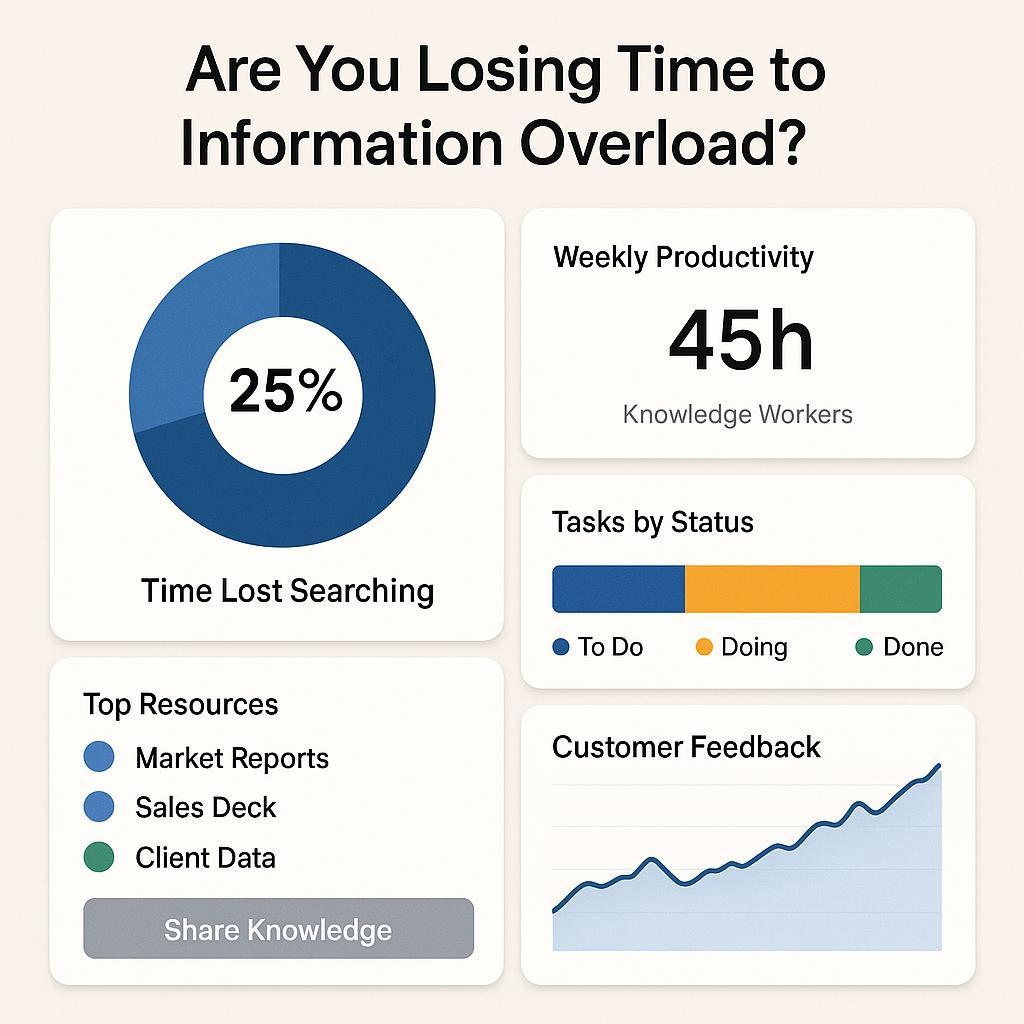The Quest for True Intelligence in AI
Rafa Rayeeda Rahmaani
Chief Strategy & Growth Officer

Have you ever wondered what separates real intelligence from the clever tricks our current AI tools perform? This provocative question cuts to the heart of a growing debate in technology and business. Today’s AI—whether it’s your voice assistant or a project management bot—can be impressive, but is it truly intelligent or just very fast at pattern recognition? The distinction matters. In fact, noted linguist Noam Chomsky argues that modern AI lacks “the most critical capacity of any intelligence: to say…what is not the case and what could and could not be the case… the mark of true intelligence.”draftsmith.ai In other words, current AIs like ChatGPT can regurgitate facts or predict words, but they struggle with deeper understanding, reasoning through counterfactuals, and genuine explanation of cause and effect.
This gap between simulated intelligence and true intelligence isn’t just academic—it has real consequences in our work and projects. Consider that only about 35% of projects succeed in meeting their goals. One major reason, as industry experts note, is that many tools we use are “static, clunky, [and] unintelligent,” requiring immense manual effort from humansplanview.com. Traditional software follows scripts and rules; it doesn’t think. Teams end up spending hours updating spreadsheets or boards, but the software isn’t telling them why a project is veering off track or what to do next. The result? Crucial connections get missed, and projects fail or under-deliver at an alarming rate.
True intelligence in AI could change this story. Imagine a system that not only shows you the status of tasks, but actually grasps the context of your goals, constraints, and the interdependencies of your work. Such an AI wouldn’t just list tasks; it would prioritize them, foresee roadblocks, and even challenge your assumptions—much like a smart colleague or advisor would. Achieving that means moving beyond the current generation of AI which excels at narrow tasks, toward AI that has a broader understanding of the domain it operates in. It means giving AI a sense of “why” and “what if”, not just “what next.”
In the realm of project management and productivity, this could be revolutionary. We’re talking about AI that doesn’t simply shuffle your to-do list, but truly comprehends your project’s objectives and constraints. For example, if a deadline moves up, a truly intelligent system might warn you which deliverables are at risk and suggest reallocating resources from less critical work. If a team member falls ill, the AI could infer which milestones will be affected and proactively recommend adjustments. These aren’t capabilities you find in the basic automation of most tools today – this approaches the kind of reasoning a human project leader would do, but at machine speed and scale.
Transitioning to true intelligence is no small feat. It requires combining advanced machine learning with deep domain knowledge. It’s not enough to train an AI on generic text from the internet and expect it to master your business’s nuances. Instead, it needs an internal model of your projects – a rich representation of tasks, people, deadlines, and how they all connect. This is where concepts like knowledge graphs and contextual data come into play (topics we’ll delve into later in this series). By providing structure and background knowledge to AI, we inch closer to systems that “understand” rather than just “calculate.”
The payoff for getting this right is enormous. If our tools became more intelligent, they could handle much of the busywork and surface insights we’d otherwise overlook. Imagine reducing the failure rate of projects because the AI catches issues humans miss, or seizing opportunities because the AI highlights a shortcut or optimization that isn’t obvious. In the next blog, we’ll explore how this notion of true intelligence is poised to transform project management in particular. As you’ll see, industry leaders predict AI will take on a large chunk of project tasks in the near future. But as we embrace those changes, the question remains: How do we ensure our AI tools are smart enough to handle the responsibility? The journey toward true intelligence has just begun, and it’s one we’ll be navigating step by step in this series
